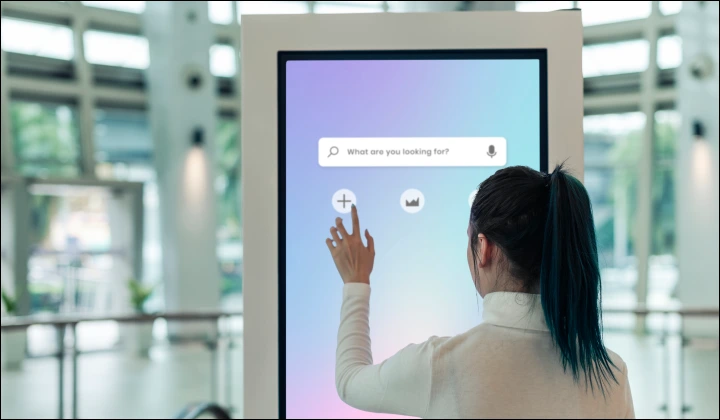From Passive Displays to Conversational Interfaces: A Paradigm Shift
Retail signage has always served as a tool for discovery, whether it’s highlighting promotions, introducing new arrivals, or directing store traffic. Traditionally, it worked as a one-way communication channel, designed to inform rather than interact.
Today’s retail environment looks very different. Shoppers walk in with personalized recommendations already on their phones.
Means, they expect guidance that adapts in real time, not static messages.
This is where conversational digital signage creates real value. With large language models (LLMs) at its core, this new generation of smart screens understands natural language, detects customer intent, and delivers relevant responses – all in a fluid, human-like manner.



 10 mins
10 mins











 Talk to Our
Consultants
Talk to Our
Consultants Chat with
Our Experts
Chat with
Our Experts Write us
an Email
Write us
an Email





